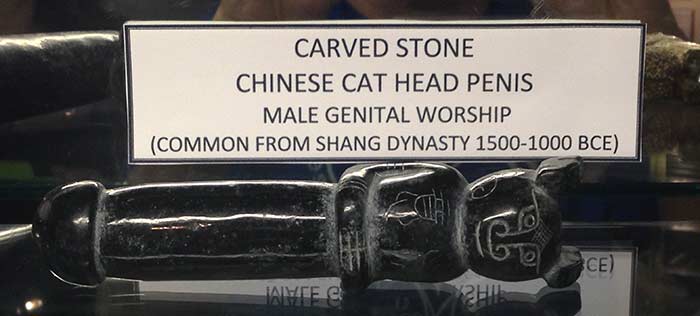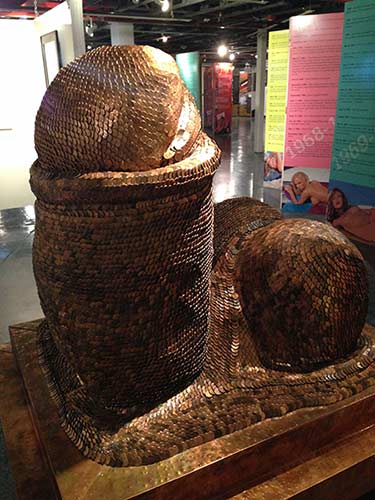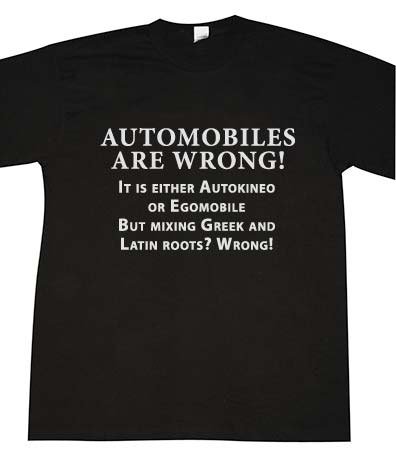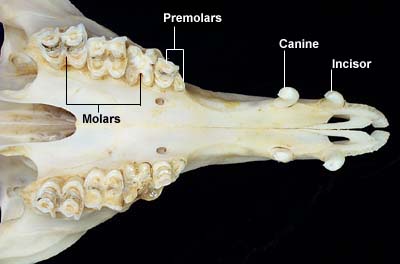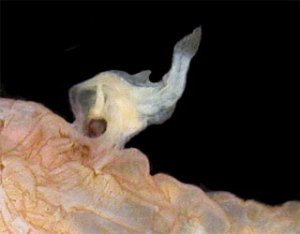I have written before on a couple of occasions about the Fermi paradox. To recap, the idea is: if life is plentiful throughout the universe and there are many sapient, industrial species, where is the evidence? The sky should be filled with radio waves and other telltale evidence.
Not necessarily because they’re trying to talk to us, but because a civilization that develops tools and high technology will eventually discover radio, and radio is massively useful. We are broadcasting our existence to the universe right now–not from an attempt to be chatty with any extraterrestrial neighbors, but simply by virtue of the fact that we broadcast all kinds of noise just by virtue of being a technological species.
There are three common answers to the Fermi Paradox, which can be summed up as:
1. We’re first.
2. We’re rare.
3. We’re fucked.
The “we’re first” and “we’re rare” answers suggest we don’t see the evidence of technological civilizations filling the skies because technological civilizations are very, very thin on the ground in the cosmos…err, that’s a jumbled metaphor, but you get what I mean.
Life may be common, but technological life might not. And there could be things–Great Filters, they’re called–that aren’t necessarily obvious to us, but that conspire to keep technological life rare.
Maybe it’s the distribution of planets in a solar system. People who believe life is common like to point to the fact that we are an unremarkable star in an unremarkable galaxy–one of quadrillions in the observable universe.
But it turns out that while our star is unremarkable, our solar system is very weird indeed, and we still don’t know why. The other solar systems we’ve discovered so far tend to have planets all of about the same size. Ours decidedly does not. Our planet is really very small indeed, it seems.
So whatever caused our solar system to be so weird might be a Great Filter. It may be that it’s hard to get sapient life that uses technology and builds cities on a huge planet or a gas giant.
So that might be a Great Filter.
The third solution, “we’re fucked,” proposes that there is a great filter, but it’s ahead of us, not behind us. This solution suggests that the things a new sapient species needs to survive when it’s young–things like aggressiveness, tribalism, xenophobia, aggression, and violence–work against that species when it reaches the point of globe-spanning civilizations. The reason we don’t see the skies filled with traces of advanced sapient species is advanced sapient species tend to destroy themselves, simply by virtue of the fact that the traits they need to survive when they’re young inevitably act against survival when they’re mature.
Okay, so that’s the backstory.
Let’s talk about the James Webb Space Telescope.
The James Webb Space Telescope is due to launch next year. When it does, one of its primary missions is to examine the atmosphere of known exoplanets, looking for traces of oxygen.
Oxygen in the air is rather a big deal. Planets don’t have free oxygen without life. This planet started out with a reducing atmosphere, not an oxygenating one. It didn’t get oxygen in the air until the advent of cyanobacteria and oxygenic photosynthesis.
Oxygenic photosynthesis is a complex, fiddly process that may have evolved only once. When it did, everything changed. Oxygen is poison to anaerobic life. The coming of cyanobacteria started the Great Oxygen Catastrophe–that’s actually what it’s called–that wiped out almost every species on earth. And paved the way for us.
Oxygen might be necessary for sapience, simply because cellular metabolism in the absence of oxygen is necessarily limited and sluggish. Active metabolisms require oxygen, at least so far as we can tell.
And brains require highly active metabolisms indeed. Information processing is horrendously energy-intensive. Your brain consumes a substantial fraction of your body’s total energy capacity. No Oxygen Catastrophe probably means no animals with central nervous systems and almost certainly means no sapience.
Oxygen can’t stay put. It’s too reactive. If every photosynthetic organism died, our atmosphere would return to non-oxygenating, as the oxygen in the air reacted and combined with things.
So if you see oxygen in a planet’s atmosphere, that means something’s continually putting it there. Like photosynthesis or some similar process. And that probably means life.
When James Webb is online, it will either see oxygen on exoplanets or it won’t.
If it doesn’t, that points to oxygenic photosynthesis as a rare innovation. Which means we might owe our existence to cyanobacteria, and that means at least one Great Filter is behind us.
It also means complex life with energetic metabolisms–animals–is probably incredibly rare in the universe.
On the other hand, if we see oxygen everywhere, that probably means that oxygenic photosynthesis is a common innovation, which suggests a universe not only teeming with life but possibly complex life.
It also means that at least one potential Great Filter behind us isn’t a Great Filter, which raises the odds of a Great Filter ahead of us.
I’m not sure which result I’m hoping for: a lonely universe with greater odds of our survival, or a teeming universe with lower.
For 12 hours today, my partner Eve and I are writing one blog post for every contribution we get to the crowdfunding campaign for our novel, Black Iron. We call it Write Like a Motherfucker. Want to make us dance? Send people to the campaign page! You can follow along via the #WLAMF hashtag on Twitter, or in the Facebook event. For the origin of the #WLAMF hashtag, see my first WLAMF first post from 2014.






